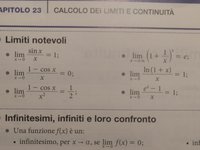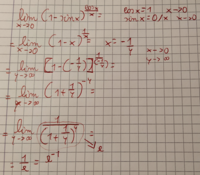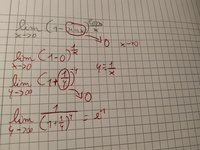This is a limit you're supposed to solve using special limits, I think. I can't do this, no one in my class can do this, so I just assumed it's literally impossible and I brought it here so you can solve it using black magic or something. Thanks, and sorry in case I messed something up.
P.S.: the title of this thread is the exact text of the exercise, it doesn't specify what technique you should use exactly

P.S.: the title of this thread is the exact text of the exercise, it doesn't specify what technique you should use exactly
Last edited by a moderator:




